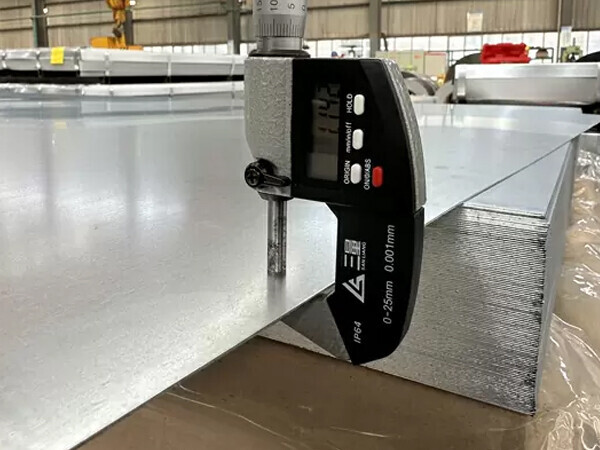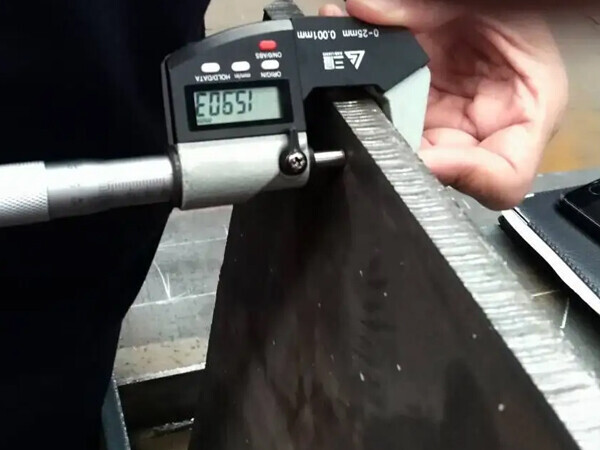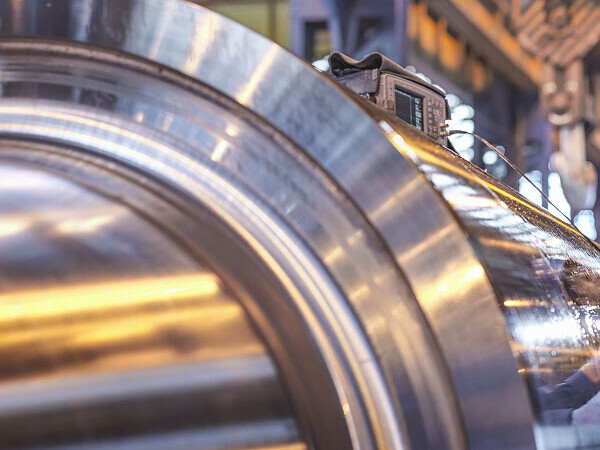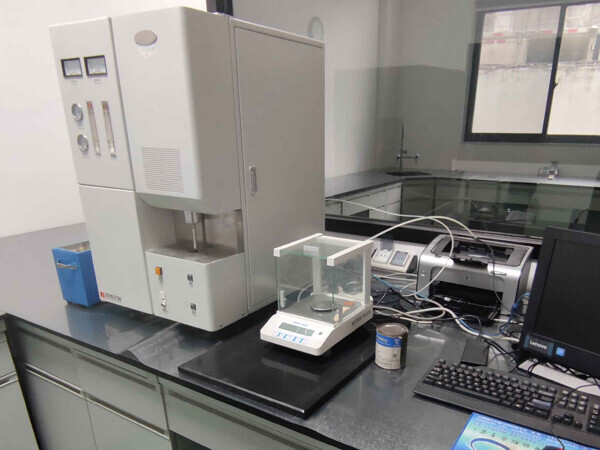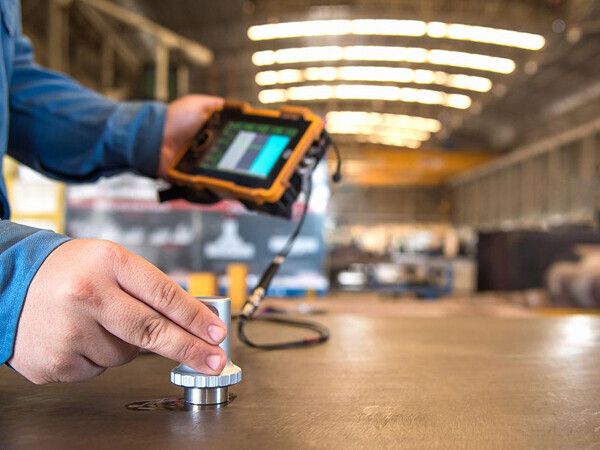
Brief Introduction:
Online consultation:
Product display

Quality inspection
PACKAGING
Excellent package: Anti-water paper and plastic film+covered by iron sheet+ strapped with min three strappingstrips+fixed on the iron or wooden pallets by strapping stripslt can effectively pratect products from corrosion andvarious climate changes during ocean transportation.
We have long-term cooperation with many experiericed shipping companies, and we will find the most suitable transportation method for you.

FAQ
Q1:How to choose the best metal material supplier in China?
A1:Your metal material supplier should provide you with the best solution in a timely manner.
They should provide competitive prices and high-quality services to support your project
Q2:What is the minimum order quantity for steel?
A2:If samples are in stock, the minimum order quantity will be even less. Customization for small sizes is also possible.
For custom orders, the minimum trial order quantity is 100 kilograms.
Q3:How to ensure the quality of metal materials?
A3:According to customer requirements, we ensure that the testing meets international standards and provide material certificates.
We have advanced testing equipment to analyze the metal composition and ensure the high quality of finished metal materials.
Q4:Can you help us provide samples?
A4:We have a large inventory of high-quality metal materials. If the sample you requested is the same in our inventory, we will deliver it free of charge through international express delivery.
Q5:How To Avoid The Damage Of Goods During Shipment?
A5:Checking and packaging your goods well before shipment.
Do reinforce your goods well in the container.
Discussing with our shipping agent and loading a reasonable amount of goods in the container.
Q6:What documents and certificates can you provide?
A6:We can provide all the documents required for customs clearance and registration (MSDS, product formulations, COA, assessment reports, etc.). Free trade certificates, SGS,ISO9001 FDA certification, etc. are not a problem. Please feel free to contact us.
Q7:Can we visit the source factory ourselves?
A7:Of course, before placing an order, we can provide a detailed description of the factory's production environment. During the product production process, we have dedicated personnel to supervise the production process and issue product inspection reports. If you need to visit the factory in person, we will provide reception services, but you need to sign the order commission agreement in advance.
Related recommendations
 TL - 0675 High Pressure Rubber TubeIt is used for transporting petroleum base with certain pressure and temperature in mine hydraulic support, oilfield development, engineering construction, lifting and transportation, metallurgical forging, mining equipment, ships, injection molding machinery, agricultural machinery, various machine tools and mechanized and automatic hydraulic systems of various industrial departments
TL - 0675 High Pressure Rubber TubeIt is used for transporting petroleum base with certain pressure and temperature in mine hydraulic support, oilfield development, engineering construction, lifting and transportation, metallurgical forging, mining equipment, ships, injection molding machinery, agricultural machinery, various machine tools and mechanized and automatic hydraulic systems of various industrial departments 0068 High Pressure Rubber TubeIt is used for transporting petroleum base with certain pressure and temperature in mine hydraulic support, oilfield development, engineering construction, lifting and transportation, metallurgical forging, mining equipment, ships, injection molding machinery, agricultural machinery, various machine tools and mechanized and automatic hydraulic systems of various industrial departments
0068 High Pressure Rubber TubeIt is used for transporting petroleum base with certain pressure and temperature in mine hydraulic support, oilfield development, engineering construction, lifting and transportation, metallurgical forging, mining equipment, ships, injection molding machinery, agricultural machinery, various machine tools and mechanized and automatic hydraulic systems of various industrial departments SLXJGSRG01 High Pressure Rubber TubeIt is used for transporting petroleum base with certain pressure and temperature in mine hydraulic support, oilfield development, engineering construction, lifting and transportation, metallurgical forging, mining equipment, ships, injection molding machinery, agricultural machinery, various machine tools and mechanized and automatic hydraulic systems of various industrial departments
SLXJGSRG01 High Pressure Rubber TubeIt is used for transporting petroleum base with certain pressure and temperature in mine hydraulic support, oilfield development, engineering construction, lifting and transportation, metallurgical forging, mining equipment, ships, injection molding machinery, agricultural machinery, various machine tools and mechanized and automatic hydraulic systems of various industrial departments 468 High Pressure Rubber TubeIt is used for transporting petroleum base with certain pressure and temperature in mine hydraulic support, oilfield development, engineering construction, lifting and transportation, metallurgical forging, mining equipment, ships, injection molding machinery, agricultural machinery, various machine tools and mechanized and automatic hydraulic systems of various industrial departments
468 High Pressure Rubber TubeIt is used for transporting petroleum base with certain pressure and temperature in mine hydraulic support, oilfield development, engineering construction, lifting and transportation, metallurgical forging, mining equipment, ships, injection molding machinery, agricultural machinery, various machine tools and mechanized and automatic hydraulic systems of various industrial departments
Online consultation
Please give us a message
Oriental Deno International Trade
